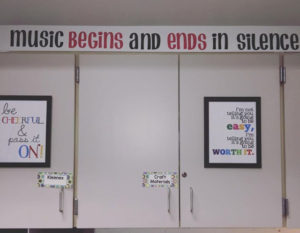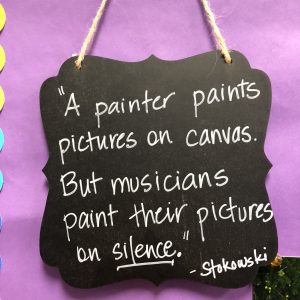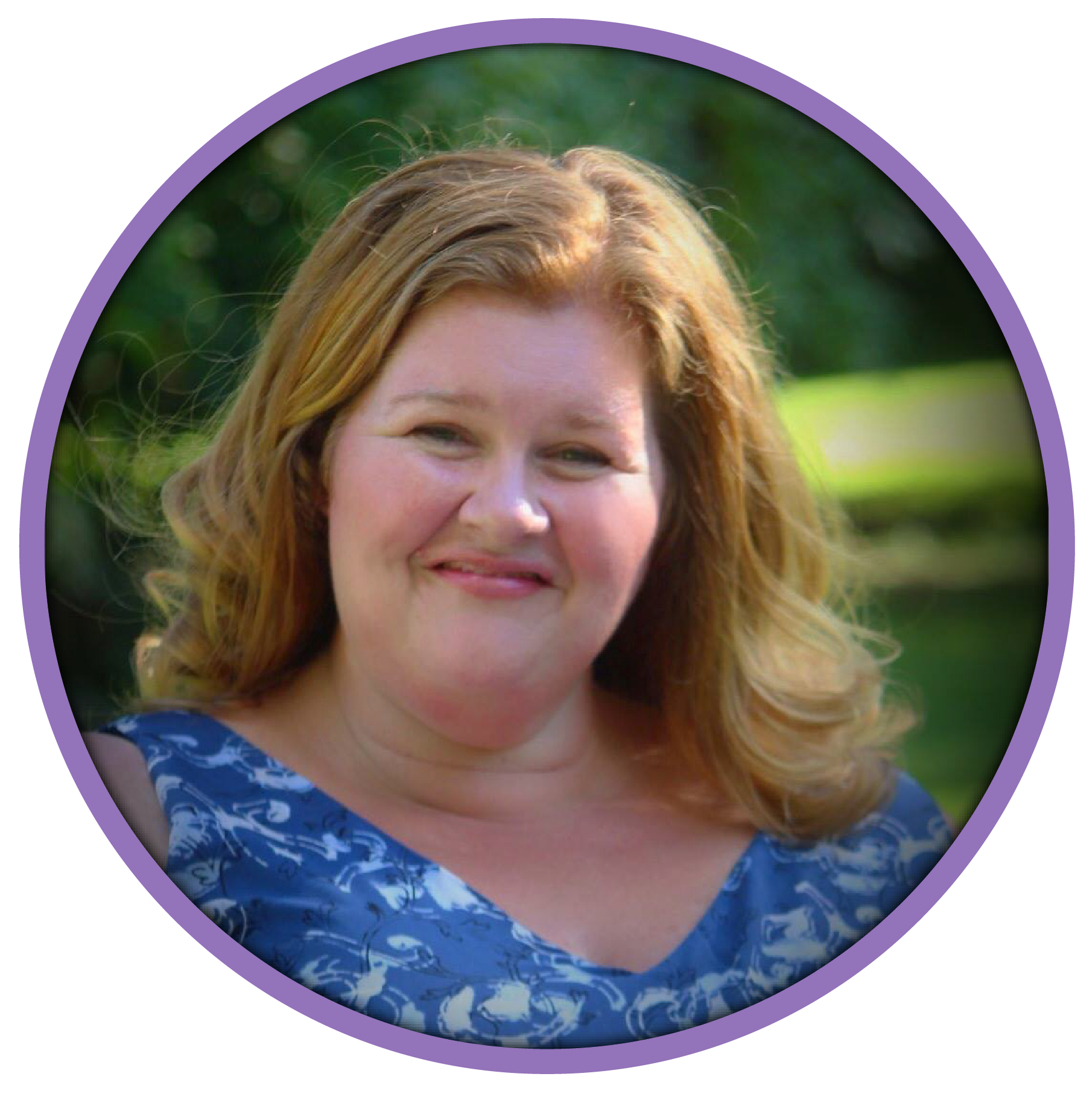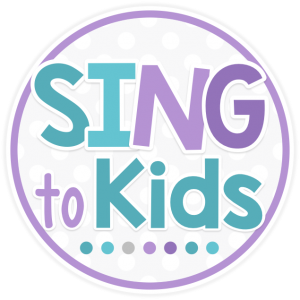I don’t know about you, but I live in a world of constant noise. From the moment I get up, to the moment I go to sleep, I am surrounded by the joyous sounds of children (my own child included). As a child, I craved noise – TV, music, conversation. As an adult, I am the opposite – I crave silence. There are many books about mindfulness, meditation, and studies that address the effects of noise on our overall well being. I recently read one study that said two hours of silence a day led to mice developing new cells in the hippocampus. Wow! With the all of the research on silence, I began thinking about how to use silence as a teaching tool in my own classroom.
One Phrase Changed Everything
Many years ago, I took my Orff Level at the University of Kentucky with Brian Crisp. In one of our sessions together, Brian shared a simple, but profound quote – “music begins and ends in silence.” He spoke the words, then proceeded to have us perform a piece we had been working on. We silenced our bodies, our minds, then began playing together. At the end of the piece, we sat in silence for a few moments and simply reveled in the music that occurred. The magic of that experience stayed with me into my teaching, so much so that I continually pursue opportunities for my students to experience silence in my classroom.
Silence in Practice
I recently started a drumming unit with my fourth grade students. As we get the drums out, I always give the students a minute to explore the drum and get the “finger wiggles” out. It can get really loud with 25+ kids all playing their drums. I began thinking about how I could get my students to experience silence before and after performing together. We warmed up by echoing rhythm patterns, then I shared the quote on our wall. Then I shared another quote with them by Leopold Stokowski. “A painter paints pictures on canvas. But musicians paint their pictures on silence.”
We talked about what it means to create silence – silence from speaking, silence from moving, and silence in our thoughts. Then using my fingers, I counted down from 10 in complete silence and then we performed. My students were focused. My students were engaged. My students were musical. My students were magical. At the end of our piece, I counted down from 10 again in complete silence. The best part was that no one was in any rush to say or do anything. There was this beautiful pause in appreciation that we had synergized in silence. It was lovely!
Reflections on Silence
Since the initial experience, my students have asked repeatedly to begin each piece this way. We now begin and end each warm-up and ensemble piece in silence. Using silence isn’t just for your older students though. Silence can be a powerful tool for your youngest students as well. I use silence as a state-change when students come in from a crazy day of learning, field trip, or recess. I have all of my students come in and lay on the floor, focusing on their breathing with their eyes closed. Once they have quieted themselves, I sing a song from class or a lullaby, then invite them to slowly sit up. I’m also a huge proponent of using sign-language in the classroom as well. Using sign language is a great way to invoke silence and get kids focused. I’ve taught entire classes without ever having said a word.
Have you ever used silence as an instructional tool in your classroom? Leave me a comment below!








Love, love, love! This is so true and silence is powerful.
I’m interesting in learning some basic sign language to use in the classroom. I teach 7 classes per day so it would be wonderful to save my speaking voice. Do you have any resources or ideas for which signs you use often that I can incorporate?
I sways emphasize that our music should begin and end with silence. It really does make a difference in the focus of the entire group.
Today I had three kindergartners melt down for no reason. Seriously – no reason. All I could think was, “there’s so much going on they don’t even know how to act!” So, with that, I have had at the back of my brain since that class this thought: “how can I change the entry to my room? (I’m in a portable, so they walk outside to get to me) What can I have them do that will encourage a shift from whatever it is that was going on before to a new set of experiences here?” THIS. IS. BRILLIANT and BEAUTIFUL! I really want to try this as an entry activity for my littles. Any suggestions/directions on how you do it? I’m getting back into the groove of teaching after taking time off to raise my used-to-be-littles, so any insights would be helpful!
When I want the class to be quiet I often count to five in my head and just enjoy the silence. They realise how important it is to all be listening. I am totally going to be using this in my classroom.